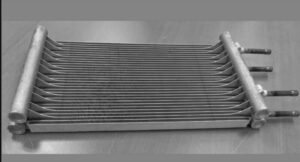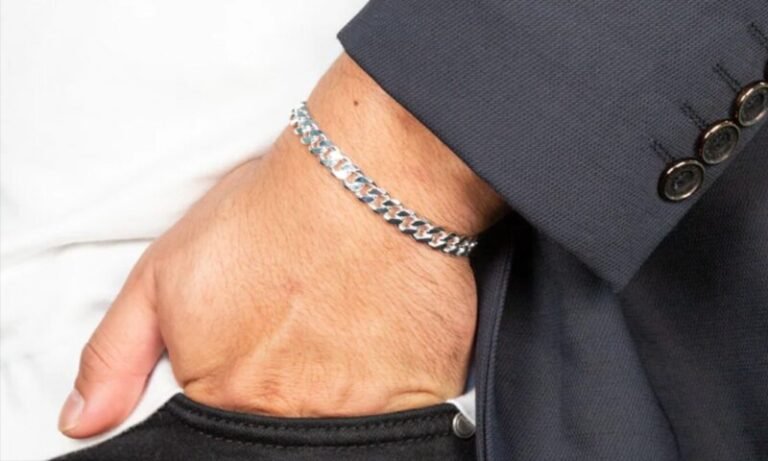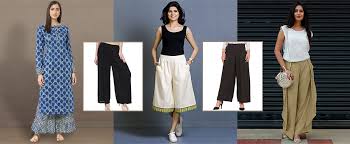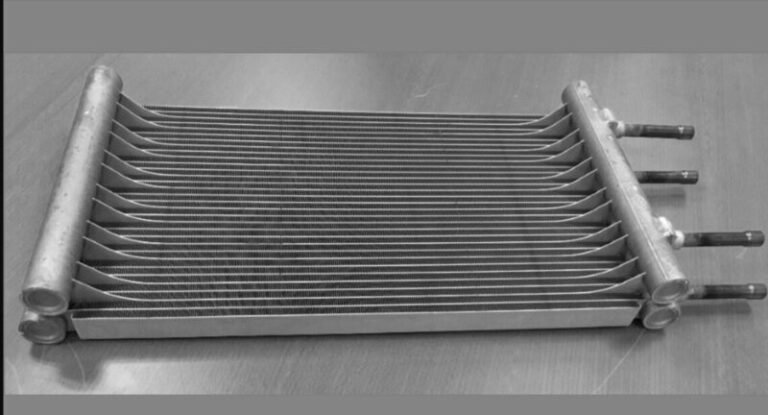From being the national dress of India, the traditional saree has gone on to become one of the most celebrated fashion statements at all kinds of social events! However, what every woman needs help with is purchasing the right type of saree for the right occasion. Here are some of the most popular choices across the length and breadth of India.
Cotton
You may call it the king/queen of fabrics, since it tops the list of favorites in India as both, daily wear and occasional wear! You are welcome to wear it during any season, for the natural and airy fabric allows you to breathe easy. The yarn is highly durable, strong and versatile. Weavers create superb textures via diverse dying and printing techniques.
Mixes of Pure Cotton and Silk
Kota Saree, Rajasthan
The material is wonderfully lightweight and comfortable. The tiny, square-shaped weaves are fascinating to behold, along with the addition of block printing.
Maheshwari Saree, Madhya Pradesh
A handloom comes into play to create a stunning garment with golden zari threads showing up on the pallu and border. Printed motifs designed from hand blocks only add to the charm. The amazing thing about this saree is that it is reversible.
Chanderi Saree, Madhya Pradesh
It is lightweight too, displaying a marvellously sheer texture. As a result, the saree appears transparent, albeit in a gloriously glossy way.
Pure Silk
Everyone loves silk, since it is a combination of S3 – softness, smoothness and shine! True, it is an extremely strong, natural fibre. Yet, it hates being exposed to brilliant sunlight or wet conditions!
No other pure silk saree can beat it in terms of its opulent looks or slight heaviness, making the wearer feel like she belongs to an aristocratic family! Its beauty is heightened via the intricate silver and gold brocade work. The Mughals are the inspirations behind the splendid-looking motifs.
Kanchipuram Saree, Tamil Nadu
The pure silk creation, woven by hand, is supposed to be the highest in terms of quality! The heavy silk shimmers and shines as you move around, while the brilliant gold threads only add to the overall lustre. The hallmark of excellence is the contrasting border.
Paithani Saree, Maharashtra
The pallu generally sports an intricately woven Peacock motif. The border of the saree displays a square design. The body itself emphasizes more on spotted designs created from a single colour or several colours.
Tussar Saree, Madhya Pradesh
This saree is rather delicate, since it is made from raw silk. It is different from other silken gifts, since it has shorter fibres. Therefore, the overall texture tends to be rather rough. The reason for the popularity of Tussar silk is its tendency to reveal a dull and natural gold sheen.
Patola Saree, Gujarat
Skilled weavers at Patan in Gujarat, bring a double ikat method into play while weaving this colourful silk saree. They also create motifs in geometrical shapes.
Kantha Saree, West Bengal
Kantha actually refers to a specific kind of embroidery depending upon the running stitch. You should be able to see themes from everyday life, splendid motifs (birds, animals and flowers) or geometrical patterns scattered across the entire saree. This embroidery awards a wavy and slightly wrinkled effect to any fabric.
Artificial Silk Saree
As the name suggests, this is synthetic fibre, which imitates pure silk. However, art silk is as charming as the pure silk saree! Furthermore, it is affordable.
Crepe
The texture is gauzy, giving the impression of transparency. The characteristic crimpy surface awards the saree a wonderful crispiness! Weavers take liberties with this synthetic fibre, going in for mossy, fine, pebbled or flat crepe effects.
Georgette Saree
Originating from silk, georgette saree is a type of lightweight and sheer crepe fabric. Weavers go in for tremendous twisting of the yarns, in order to achieve that typically crinkly look. It is compatible with various dyeing and printing techniques.
Chiffon Saree
This silk crepe saree has a slightly rough feel to it, since weavers twist the yarn in such a way that it reveals puckers in both directions of the final product. However, this action also permits the fabric to stretch, display sheerness and be light in weight.
Miscellaneous Choices
Lame/Tissue Saree
Weavers create thin ribbons from gold/silver/metallic yarns. You can imagine how dramatic you will look in this glittering, lightweight saree with its slippery texture, when you make an entry at an evening do!
Net Saree
Thanks to weavers looping the yarns at their respective intersections, you should view open, large spaces between the diverse yarns. Although fragile and lightweight, the net fabric has a beautiful fullness to it, and manages to hold elaborate appliqué designs and embroideries wonderfully well!
Jamdani Saree
Weavers from West Bengal use handlooms to create decorative motifs from a combination of gold and cotton threads. They attach these motifs to grey/white backgrounds. The base is a delicate muslin cloth.
Brasso Saree
Brasso refers to a specific print effect, wherein there is burning of the motifs attached to the base material. The outcome is a display of dazzling patterns on the saree, which possesses a rich texture too. You should be able to view velvety brasso designs in a slew of colours on backgrounds of net, chiffon or georgette.
Jacquard Weave Saree
Jacquard refers to a type of weaving construction, wherein the designs on the saree are incorporated into the weave itself. Thereafter, no printing or dyeing is necessary. However, jacquard is generally used in combination with velvet or net.
Half-and-Half Saree
As the name suggests, a couple of fabrics, or even more, come into play for creating a single saree. The technique is cut and sew, which aids in rich add-ons, such as appliqués, zari work, etc. If the background is a net saree, you should view borders comprising of brocade, silk, jacquard or velvet.













